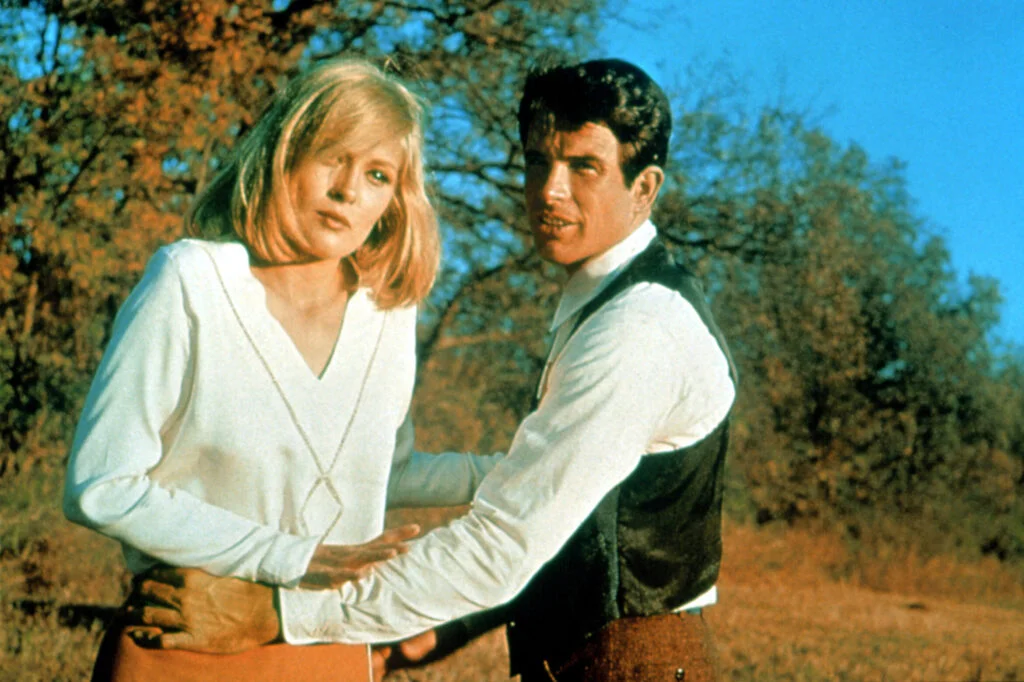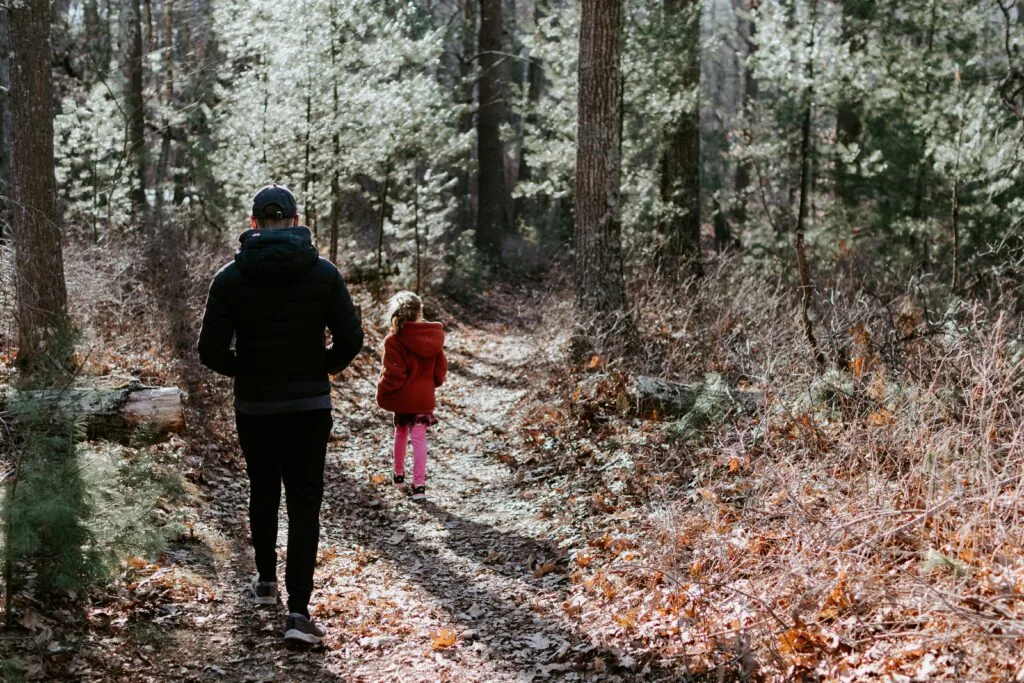1. Bonnie and Clyde (1967)
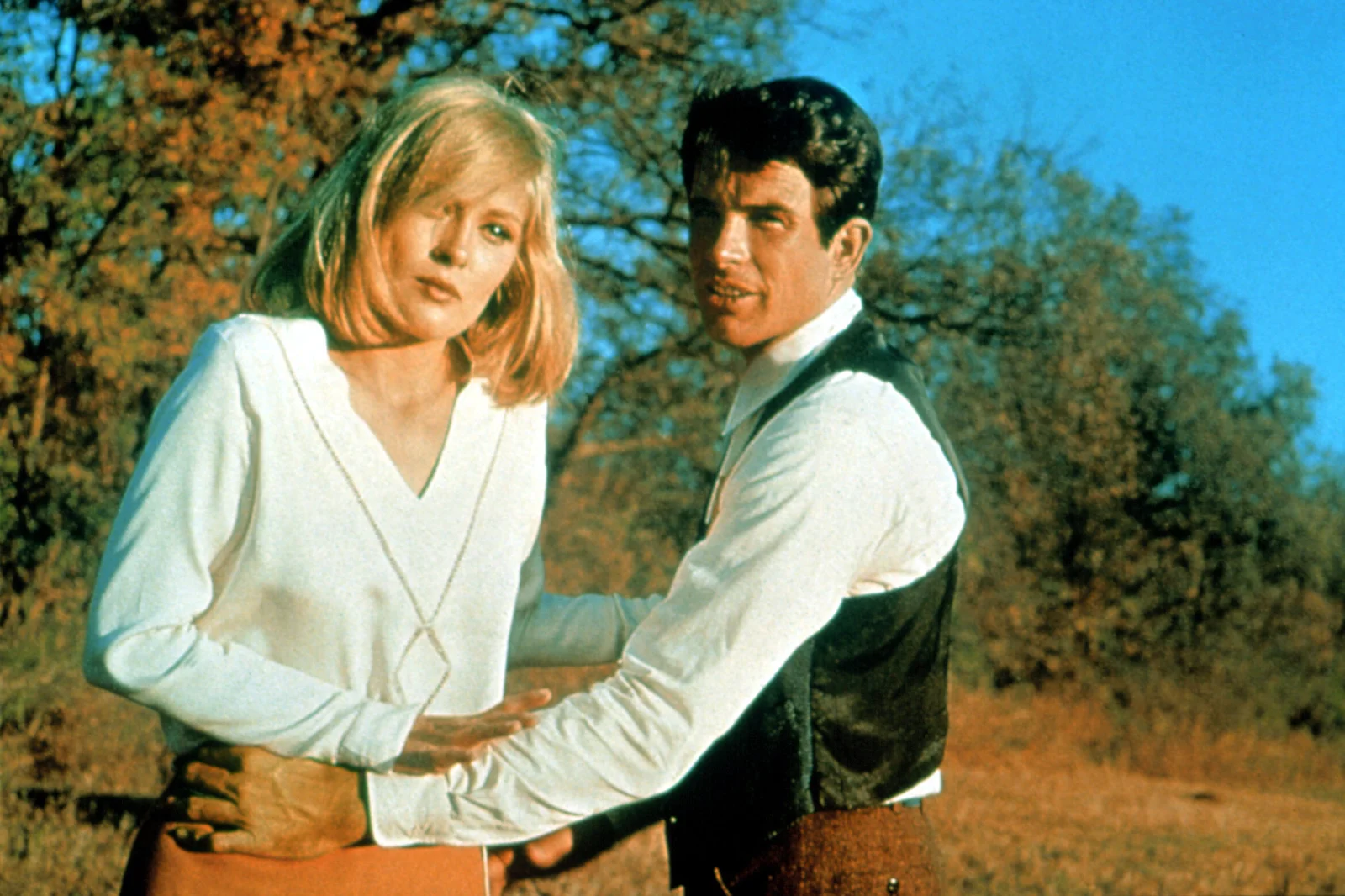
When Bonnie and Clyde came out, audiences were not ready for what hit them. It wasn’t just a crime film—it was a bold, bloody, and stylish revolution in how violence and antiheroes were portrayed on screen. Faye Dunaway and Warren Beatty gave glamorous faces to a pair of doomed criminals, and the film didn’t hold back with its shocking shootouts and sensual tension.
At the time, critics were split—some called it brilliant, others were appalled. But younger moviegoers loved it, and it helped kick off the New Hollywood era. Today, it’s remembered more for its fashion and ending than for how radical it once was. But back in ’67, it was a cultural earthquake that made people realize movies were changing for good.
2. Psycho (1960)
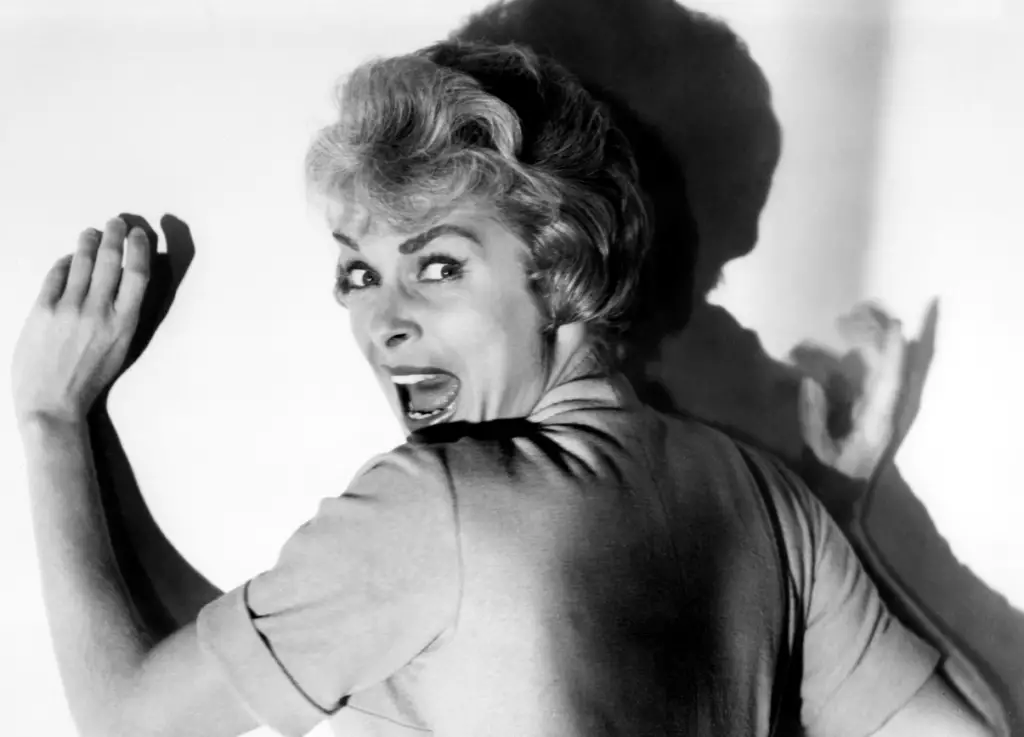
Everyone knows Psycho now, but we sometimes forget just how shocking it was when it premiered. Alfred Hitchcock broke every rule in the book, killing off his leading lady, Janet Leigh, halfway through the movie in a scene that left viewers speechless. The infamous shower scene became one of the most talked-about moments in movie history—and it still gives people chills today.
Audiences had never seen anything like it. Hitchcock even demanded that theaters not let anyone in once the film started, just to preserve the shock factor. And that twist ending? Mind-blowing at the time. While it’s still iconic, the film’s once-controversial elements are often overlooked because we’ve grown so used to its influence.
3. Midnight Cowboy (1969)
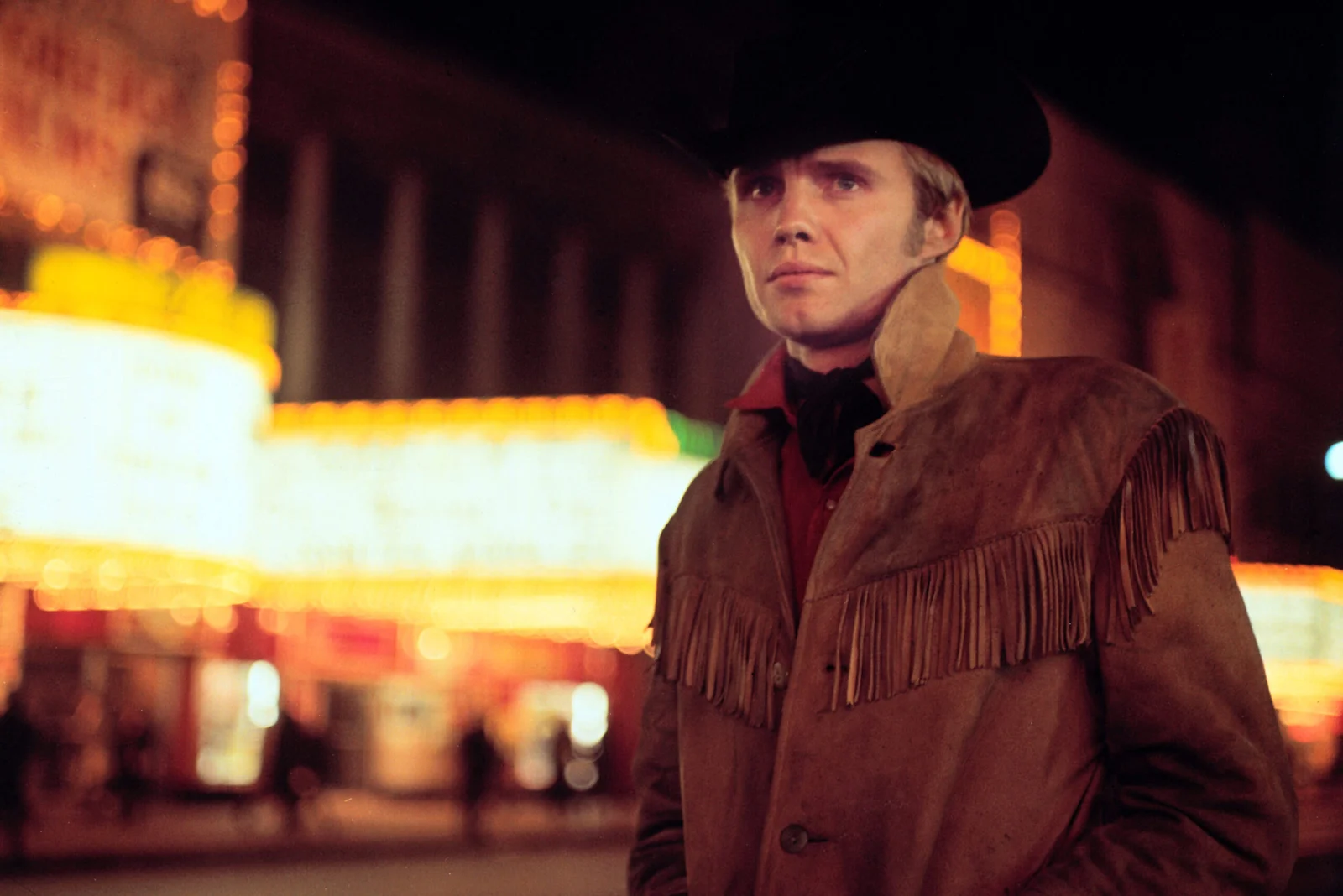
Midnight Cowboy made history as the first X-rated film to win Best Picture, and it pushed boundaries in nearly every way. The gritty story follows a naïve Texan played by Jon Voight and a sickly hustler played by Dustin Hoffman trying to survive on the rough streets of New York. Their relationship was filled with quiet tenderness and desperation—and it left audiences uncomfortable in the best way.
It tackled male vulnerability, poverty, and implied same-sex attraction at a time when those topics were rarely shown with honesty. Critics praised it, but many viewers were scandalized by the raw language and gritty realism. Today it’s often lumped in with “important” movies from the era, but it deserves to be remembered as the shocker it was.
4. The Graduate (1967)
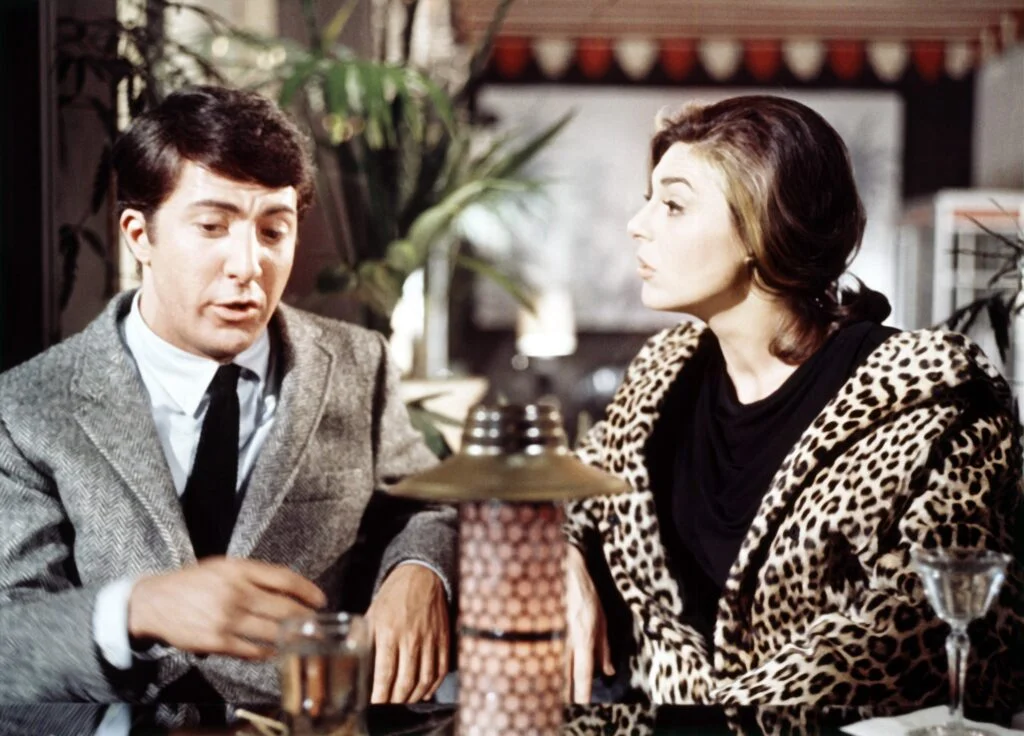
The Graduate may seem tame now, but when it came out, its themes of aimlessness, infidelity, and rebellion hit hard. Dustin Hoffman’s character gets seduced by the older Mrs. Robinson, played with icy brilliance by Anne Bancroft, and what followed was part comedy, part existential crisis. The film’s dry humor and sexual boldness made it a lightning rod for discussion.
It connected deeply with a generation that was starting to question everything, from marriage to careers. The soundtrack by Simon & Garfunkel gave it a haunting feel, and that ambiguous ending? Nobody could stop talking about it. While it’s still beloved, its reputation as a provocative cultural touchstone has been somewhat softened by time.
5. A Patch of Blue (1965)
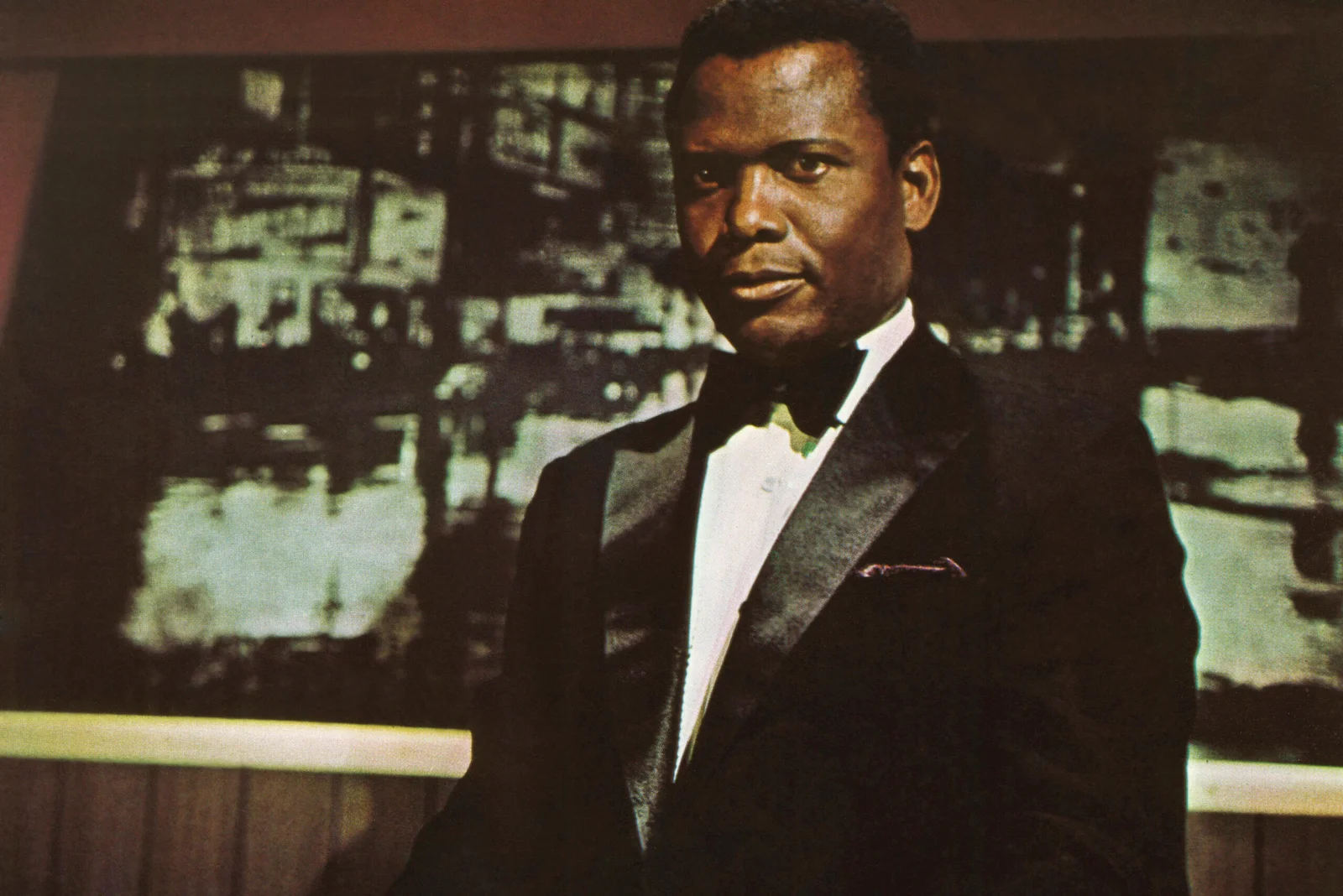
At a time when interracial relationships were barely acknowledged on screen, A Patch of Blue took a bold leap. Sidney Poitier plays a kind and educated Black man who forms a deep friendship—and potential romance—with a blind white girl played by Elizabeth Hartman. The movie’s quiet tenderness masked just how radical its subject matter was in 1965, especially since the characters navigate their bond in a world filled with cruelty and prejudice.
One scene where Poitier’s character kisses Hartman’s was so controversial, it was cut in some Southern theaters. The film challenged audiences to consider love without bias, even as racism simmered just beneath the surface. It earned several Oscar nominations, but it’s rarely discussed today outside of film history classes. Still, for its time, it was incredibly brave and deeply moving.
6. Rosemary’s Baby (1968)
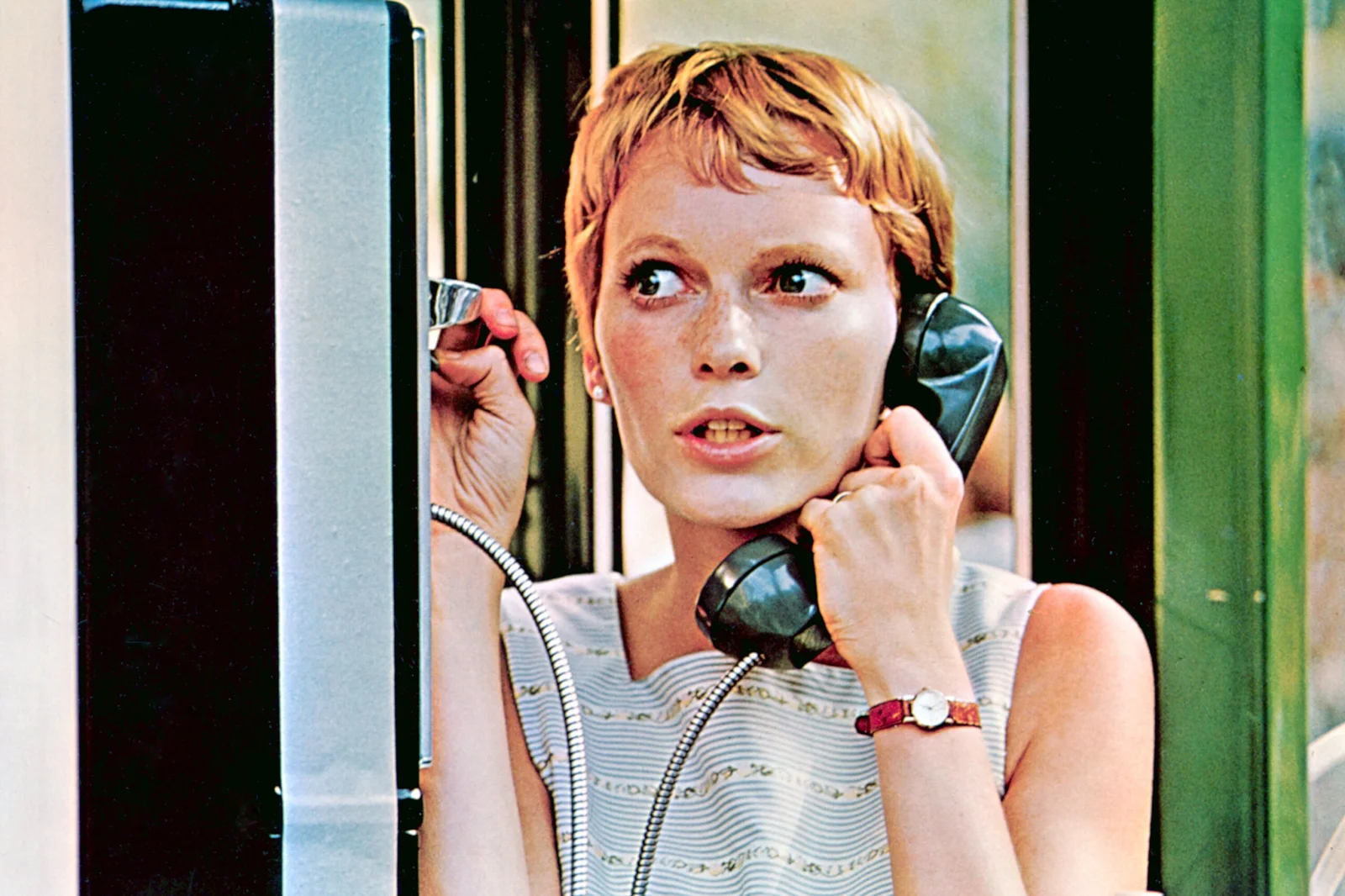
Before The Exorcist or The Omen, there was Rosemary’s Baby, and it absolutely terrified audiences. Mia Farrow stars as a pregnant woman who becomes convinced her neighbors are part of a satanic cult—and she might be carrying the Antichrist. The movie never relied on cheap scares, instead building a creeping, psychological horror that got under your skin.
People were disturbed by how plausible it felt. The idea that your neighbors, doctors, or even your husband could be conspiring against you? That was chilling. And the ending left people shaken. While it’s still respected as a classic, it’s easy to forget just how deeply it unnerved viewers when it first hit theaters.
7. Planet of the Apes (1968)
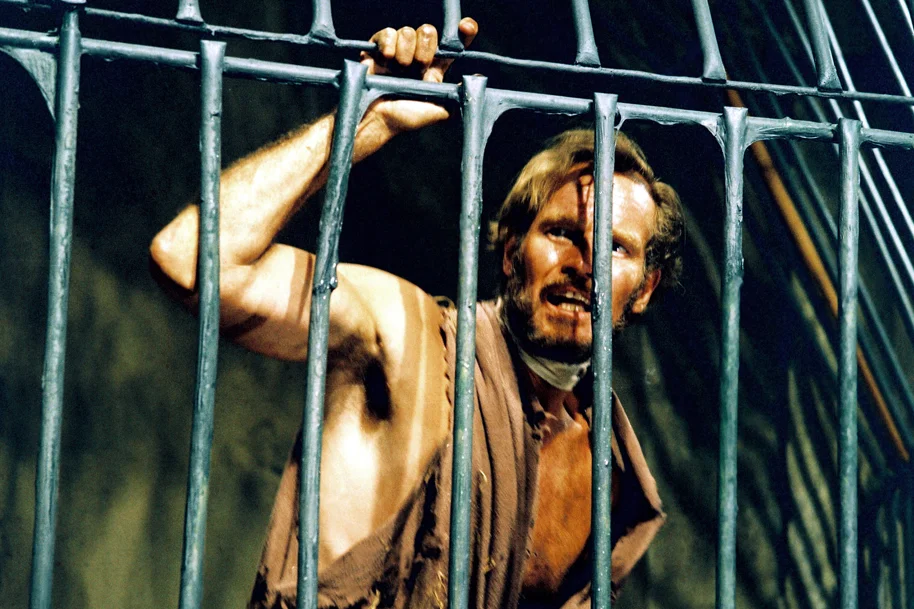
Yes, it spawned sequels and reboots, but the original Planet of the Apes was much more than sci-fi—it was a cultural gut-punch. Charlton Heston wakes up in a future ruled by talking apes and only discovers at the end that it’s Earth all along. That twist ending was unlike anything audiences had seen and left them stunned.
The film tackled racism, war, and class with eerie precision. Beneath the makeup and action scenes was a disturbing critique of humanity’s self-destruction. It was deeper and more provocative than many gave it credit for, and its political commentary still holds up. Today, people remember the apes—but forget just how controversial it really was.

